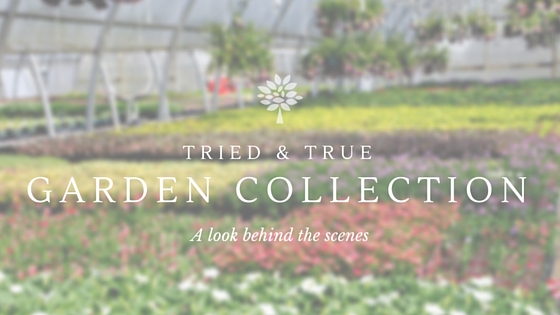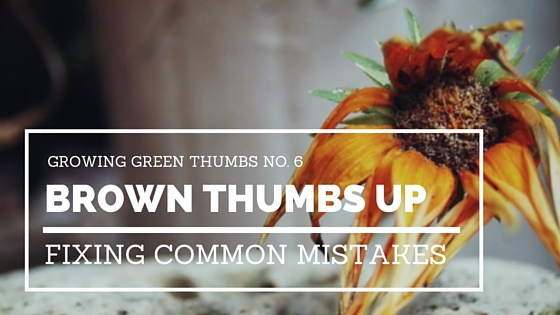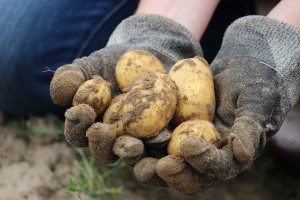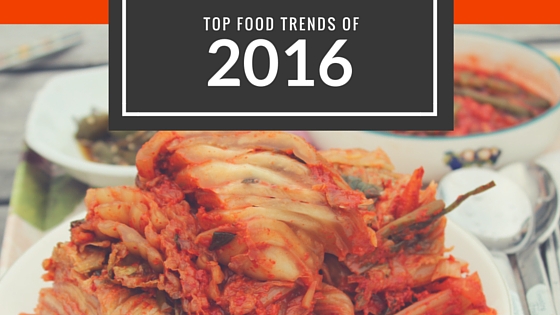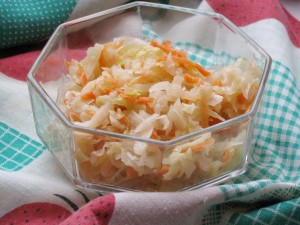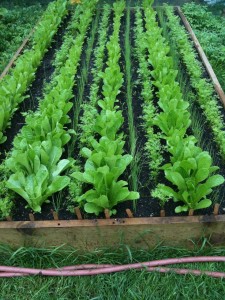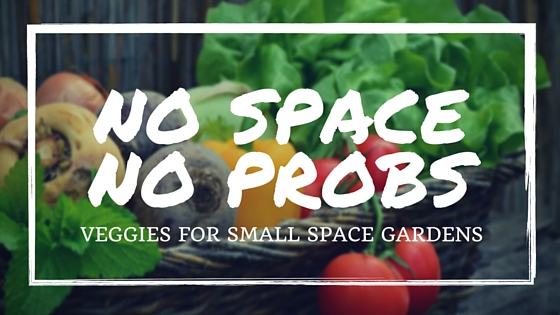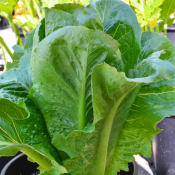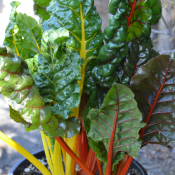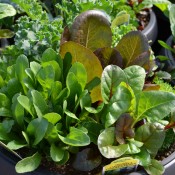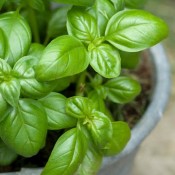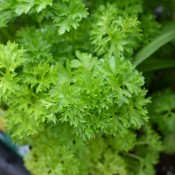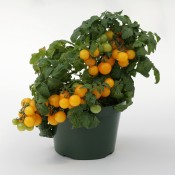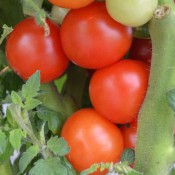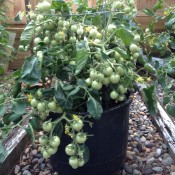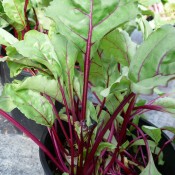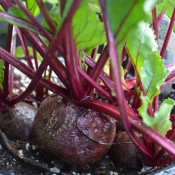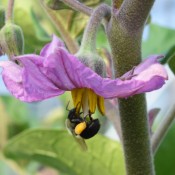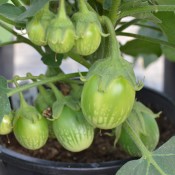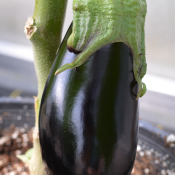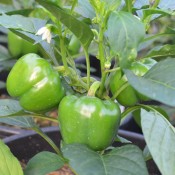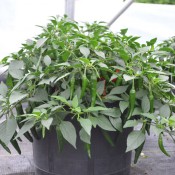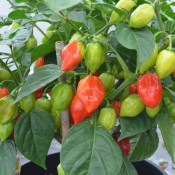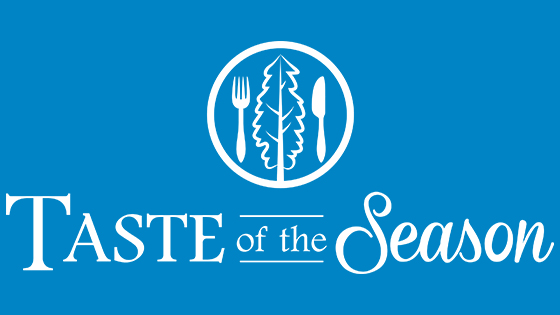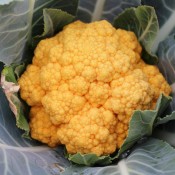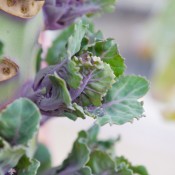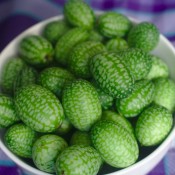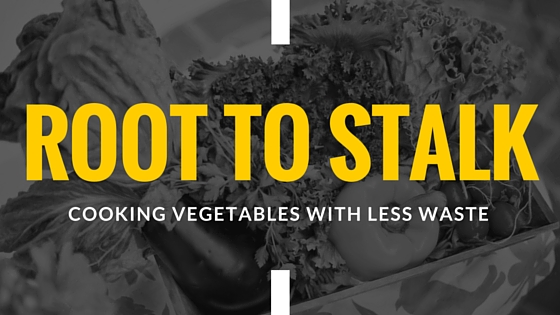
Growing your own food is an excellent way to help combat food waste. Honestly, who would want to see the literal fruits of their labour end up in the compost or garbage?! But did you know that some of the plant parts that are ending up in the compost are actually edible and nutritious? Let’s talk root to stalk and find some overlooked veggie scraps to add to the table.
Cabbage Core
Many will say that the core of a cabbage is too tough and fibrous to eat. Well those people are missing out. Cabbage cores are incredibly sweet, crisp and refreshing. They may take some extra prep to truly enjoy them (i.e. finer chopping/slicing, etc.) but they are totally worth it. Cabbage is one of the most nutritional winter vegetables, touting high concentrations of Vitamin C and antioxidants. It is also a great source of Vitamin U. That’s right, Vitamin U. Technically not a vitamin, this substance (scientifically known as S-Methylmethionine) has demonstrated an effectiveness in treating a variety of gastrointestinal conditions, such as peptic ulcers. So, of course, the core of the cabbage would be just as nutritious!
Watermelon Rind
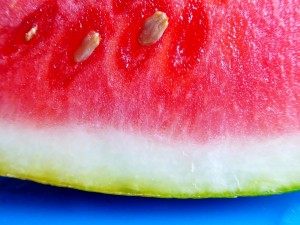
After enjoying the sweet and refreshing taste of summer, those glorified fruit holders would get tossed in the bin, right? You may be surprised to know that the white rind of watermelon is actually edible. It offers a mild flavour and a texture similar to cucumber. Pickled watermelon rinds are popular in parts of the US, and are even commercially available. Watermelon rinds are also great candied, sautéed or blended into a refreshing beverage.
Cauliflower & Broccoli Leaves
The greens from cauliflower and broccoli are much like their heads, totally edible and very nutritious. The leaves are also as versatile as their kale cousin. They can be used in soups, eaten raw, roasted, smoothie-d, sautéed. Pretty much anything you can do with kale or collards, you can do with broccoli and cauliflower leaves.
Cantaloupe Seeds
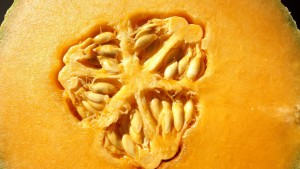
Roasted pumpkin and winter squash seeds. Yeah, sure! No problem! But cantaloupe seeds?!? Cantaloupe seeds are actually really good for you. They are an excellent source of fibre and protein. They are also loaded with antioxidants, vitamins (like Vitamin A, C and E), and minerals (like magnesium and potassium). In other words, cantaloupe seeds are awesome! It is really easy to roast them but you can also add them to smoothies.
Leafy Green Stems
Whether it’s Swiss chard, kale, collards, or beets, the stems are often cast off to the side. Most people are deterred by their slightly bitter taste and toughness. But, with a bit of coaxing, these stems can be used like any other vegetable. To combat the fibrous and chewyness of the stems, it is often useful to first blanch them before sautéing, baking or stir-frying. Pickling is also an excellent alternative.
Squash Flowers
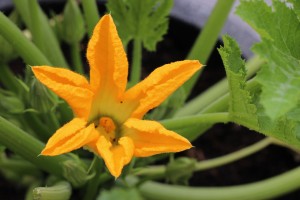
This last one is probably not a huge surprise. If you are a regular at local farmers’ markets, you would know how popular squash blossoms are. These beautiful orange blooms have a delicate flavour and texture that lend well to many kinds of dishes. Although the most popular method of preparation is deep fried, squash blossoms are also delicious in pasta, in quesadillas, or stuffed.
If you aren’t so keen on using these veggie scraps, you can always save them to make a really flavourful vegetable stock.


